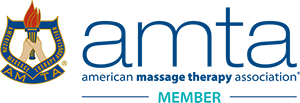Aloha! E Komo Mai! - Hello! Welcome!
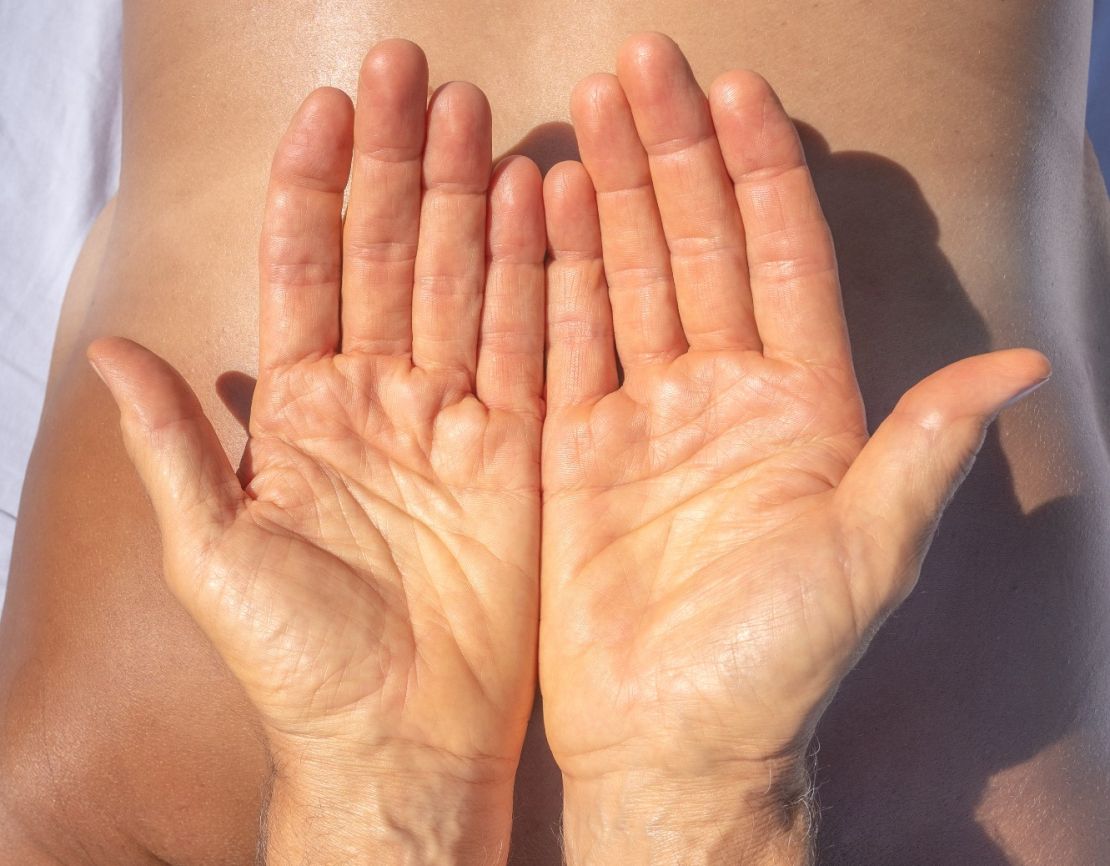
Why See Me? I Can Help You!
Pain is Inevitable.......Suffering is Optional!
From pain relief to serenity restoration, I have worked with and helped a variety of clients with an assortment of conditions, such as, but not limited to, the following:
-
Accident Rehabilitation - I treat clients who have had accidents and have approved claims from Worker's Compensation, No-Fault Auto, and the VA.
-
Pain and limited ROM (range of motion) in all body areas: neck; shoulders, arms, hands; upper, mid, and lower back; glutes; chest; abdomen; hips, legs, and feet. This includes "frozen shoulder."
-
Relaxation, Stress Relief, and Anxiety.
-
Headaches.
-
Muscle tightness, stiffness, soreness, and achiness - physical tension.
-
Paresthesia (pins and needles) in the hands.
-
Loss of sensation in the hands
-
Carpel Tunnel syndrome.
-
Piriformis syndrome - Pain running down the back of the leg from a tight Piriformis muscle compressing the Sciatic Nerve, imitating Sciatica.
-
COPD.
-
Scoliosis.
-
Postural distortions` – Pelvic tilt and rotation, Upper crossed syndrome (rounded shoulders, collapsed chest).
-
Psoas Release.
-
Tremors - Stopped briefly with CranioSacral Therapy.
Services for Women:
-
Menstrual Cramps - Relieved with CranioSacral Therapy
A client stated, “I’ve had terrible cramps all day, and now they are gone!”
-
Pregnancy Massage.
-
Breast pain - idiopathic pain (cause unknown) - was relieved with myofascial release. (tight fascia)
-
Chest pain - idiopathic pain (cause unknown) - was relieved with myofascial release. (tight fascia)
-
Full Chest and Breast Massage - combining therapeutic, integrative, and wellness-focused treatment for natural, augmented, and reduced breasts. Treatment of surgical scars and capsular contraction as needed. Full chest myofascial release as needed. As a licensed professional with advanced training in full chest and breast massage, I offer these optional services with care and respect.
A client stated, “I was able to take my first full breath in years.”
-
Post-mastectomy massage: Scaring and cording cause pain and decreased ROM. Myofascial release is used distal to (away from) the affected quadrant to decrease pain and increase ROM. (Direct massage to the local area is limited to light pressure; deep pressure is prohibited) A very light touch technique called Golgi Tendon Organ release is also used to relax tight muscles.
-
Pelvic Floor Dysfunction: One of my clients was doing exercises with her PT to strengthen her pelvic floor. This resulted in pain and tightness of the abdominal muscles, which we released with myofascial release, cupping, and active release.
Case Studies
A 60-year-old female presented with pain in her upper back and neck, headaches, and difficulty sleeping.
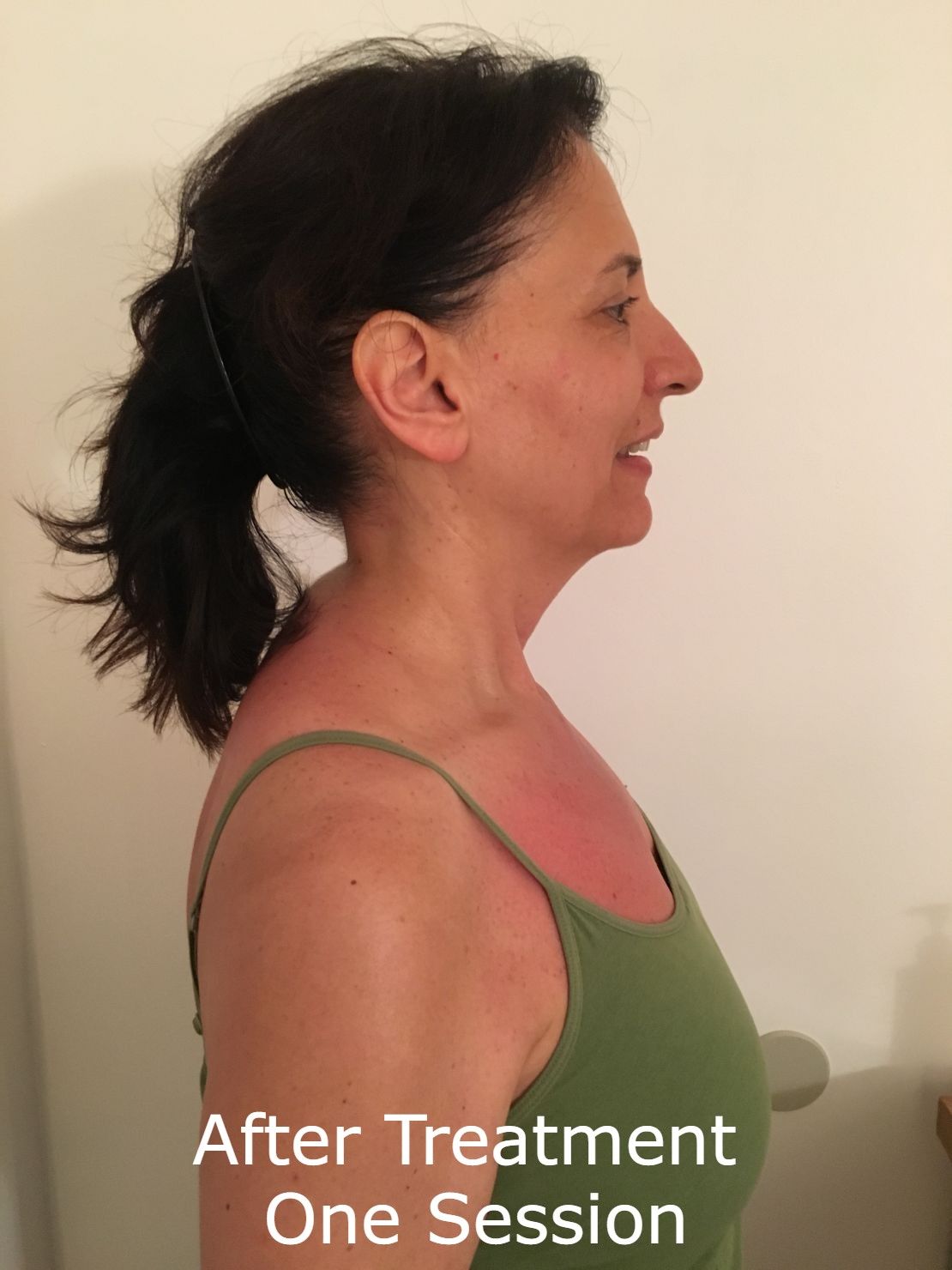
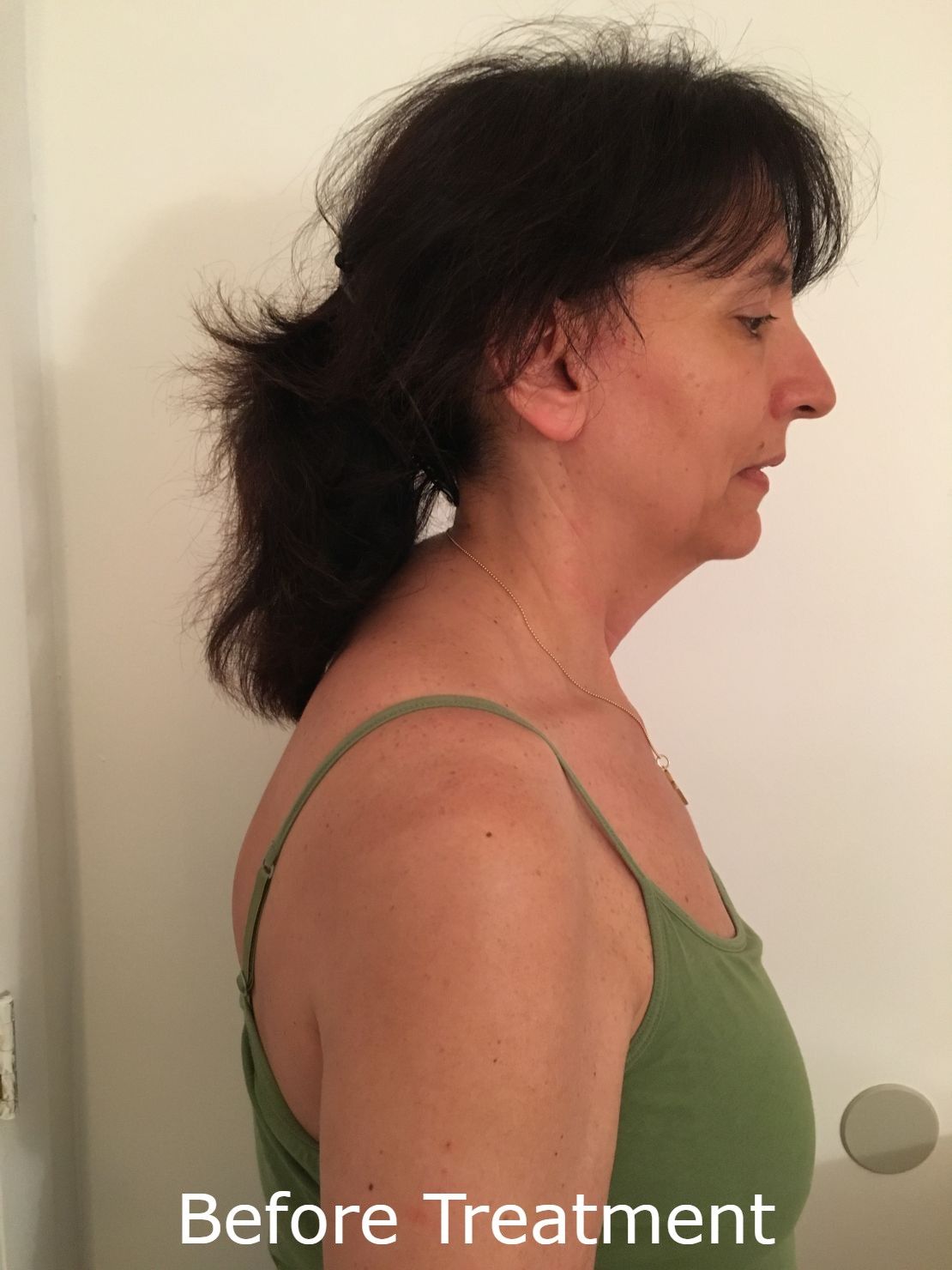
In the before photo, the head is forward, the face is tilted down, the shoulders are rounded inward, and the upper chest is flattened. The muscles of the upper back and neck were very stiff and tight. The chest muscles were shortened. We were able to elongate and open up the upper chest musculature. This allowed the tight muscles of the back and neck to relax.
In the after photo, the head and neck are further back, the face is facing more forward than down, the chest is more open and elevated, and the shoulders are further back.
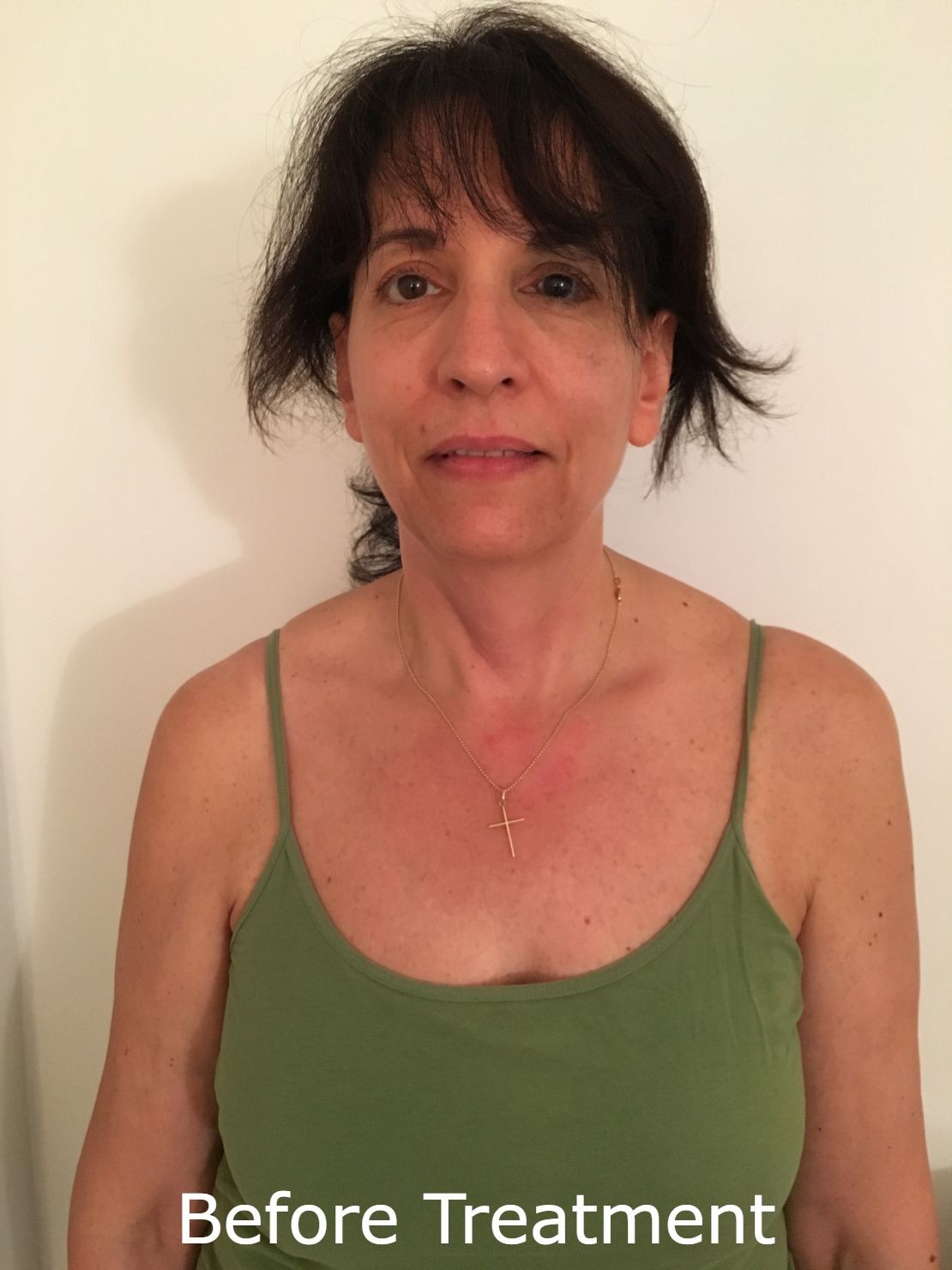
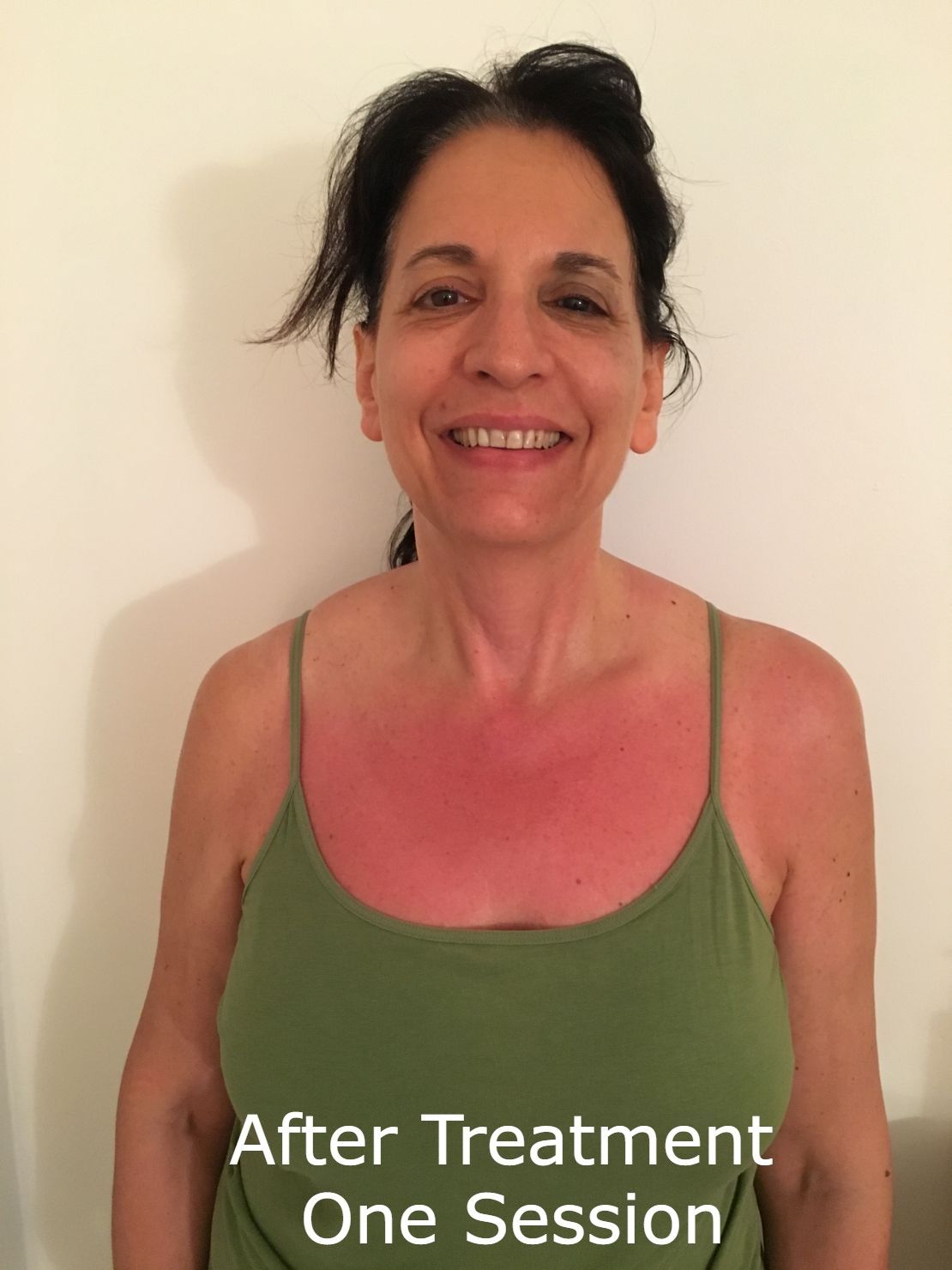
In the before photo, look closely at the lower neck; you will notice that the neck musculature is asymmetrical. The right SCM (SternoCleidoMastoid muscle) is very pronounced, and the left SCM is barely visible.
In the after photo, the left SCM is now more visible. The chest is open and higher. A smile is visible.
These changes resulted in improved posture, decreased pain, decreased headaches, and better sleep, and they occurred with one session's work. I hope that you will have as big a smile at the end of your first session with me!
Old Injuries: I have had success with old injuries. These are often reported to me almost as an afterthought:
A 30-year-old female presented with upper back pain. She had been a competitive swimmer in college. At a vital swim meet, she “swam through” a cramp. This resulted in 2 fractured ribs and pain that had lasted since college. She had seen multiple practitioners over the years. She had some immediate pain relief on her first visit with me, and she continued to improve with additional visits.
A 65-year-old female mentioned to me that she had limited ROM in her right ankle from an auto accident that happened 44 years ago. She told me I “was the first and only therapist who was able to give me more range of motion in my ankle in just one session.” I sent her home with instructions, and with the assistance of a helper, she would continue to make more progress.
A 55-year-old female had been in an auto accident 10 (?) years previously. The airbag did not deploy. Her chest slammed into the steering wheel, resulting in “over 100 fractures (non-displaced) of the sternum and rib cage”. After applying full chest myofascial release, she told me, “I was able to take my first full breath in years,” and even, “I remember who I am”! (Wow!, Huge!) She requested I repeat the treatment a second time one week later.
Idiopathic Pain: (Pain where the cause is unknown):
A 43-year-old female presents with terrible pain in her right glute. She cannot sit in a chair or lie on the table, and I could barely apply touch without her wincing. I had no idea what could be causing this anatomically or biomechanically, so I stopped trying to apply touch and spent a few minutes simply talking to her. I shared techniques of Rapid Resolution Therapy that I am studying, explaining how the mind causes all pain. Pain is a message the mind creates to cause an action, to get her to either do something or stop doing something. Maybe, just maybe, that message of pain was no longer needed, and there was nothing that needed to be done, nothing to do. I am simplifying here, but by the end of the session, I could apply full pressure on the spot without pain, and she could go to work the next day.
Call or text to book your appointment today! 808-315-3447
All sessions are by appointment only, either at my professional home office in HPP in Keaau or at your location.
google-site-verification: google676f2212d7811112.html
